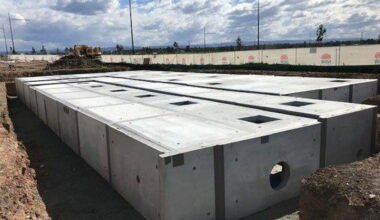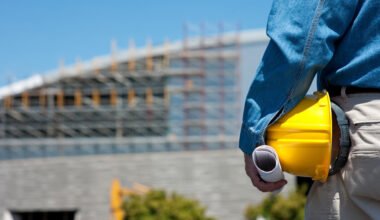Bridge installers use different types of beams, depending on the engineering, economic, and site requirements. There are various categories based on aspects like support conditions or cross-sectional shape. Understanding the types of bridge beams allows you to determine the best one for your project. Here are some of the different types of beams used in bridge construction:
Type by Cross-Sectional Shape
Engineers and bridge installers often categorize beams by their cross-sectional shape. This category features various bridge beams, including U, I, T, and box. U-beams are popular for their structural efficiency and flexibility. They feature press-brake-formed steel plates shaped like the letter U in cross-section. U-beams also feature hatches that allow convenient inspection of coatings during repairs.
The beams support heavy loads over medium to long distances and are prefabricated at the factory, resulting in a faster installation process. The natural U-shaped channel simplifies the placement of deck slabs, utilities, and other bridge components. Other advantages include efficient load transfer between the beams and the deck. Due to their shape, U-beams provide a low profile and are ideal for bridges with limited vertical clearance. The beams can be installed side by side, which adds flexibility to the bridge width and design. Common applications include urban overpasses, highway bridges, and railway viaducts.
Type by Support Conditions
Beams can be categorized based on their support conditions, which include options such as supported, cantilever, continuous, fixed, and overhanging. Supported beams are used in shorter distances and rest on supports at both ends, allowing for free movement. Cantilever beams are fixed at one end and extend outwards to an unsupported end. They help create longer spans that don’t require intermediate support. Continuous beams feature spaced supports that help distribute the load across multiple spans. They form longer bridges and installers use them to increase load-bearing capacity when needed.
Fixed beams are rigidly fixed at both ends to prevent movement. The rigidity results in continuous, multi-span bridges that have twists or other rotations. Overhang beams extend beyond their supports at one or both ends, functioning similarly to cantilever designs. They also feature additional supports that help transfer the weight to the ground and provide structural support. Beams often fall into multiple categories, so you may find steel U-beams used in supported and continuous spans. They help transfer the load to piers and abutments, but can also be adapted for cantilever or overhanging sections.
Type by Material Used
The material used is another detail that bridge contractors use to categorize beams. You can find beams made of steel, concrete, timber, and composite materials. Steel beams provide a high strength-to-weight ratio and are the common option for U-beams and other types. They’re suitable for long-span bridges designed to carry heavy loads. Concrete beams may be used to offer enhanced compression force in short-span bridges. They complement the concrete decking and are often reinforced with steel to increase their tensile strength.
Timber beams are the traditional choice for smaller structures and are generally used for small footbridges. They’re not designed to hold heavy loads and mainly provide aesthetic value. Composite beams are made from a variety of materials, including steel, concrete, and other materials. Other types of beams include truss, which uses a framework of interconnected triangles to distribute loads over longer spans. Tied-arch beams incorporate an arch element into their design to enhance both structural efficiency and aesthetic appeal.
Find High-Quality Bridge Beams Today
Beams come in different shapes, sizes, and materials, each with unique properties for specific applications. Some options, such as U-beams, have multiple applications and can be used over short and long spans. They also support pre-cast and cast-in-place driving surfaces. Contact a bridge system provider today to find out more about the different types of bridge beams.



